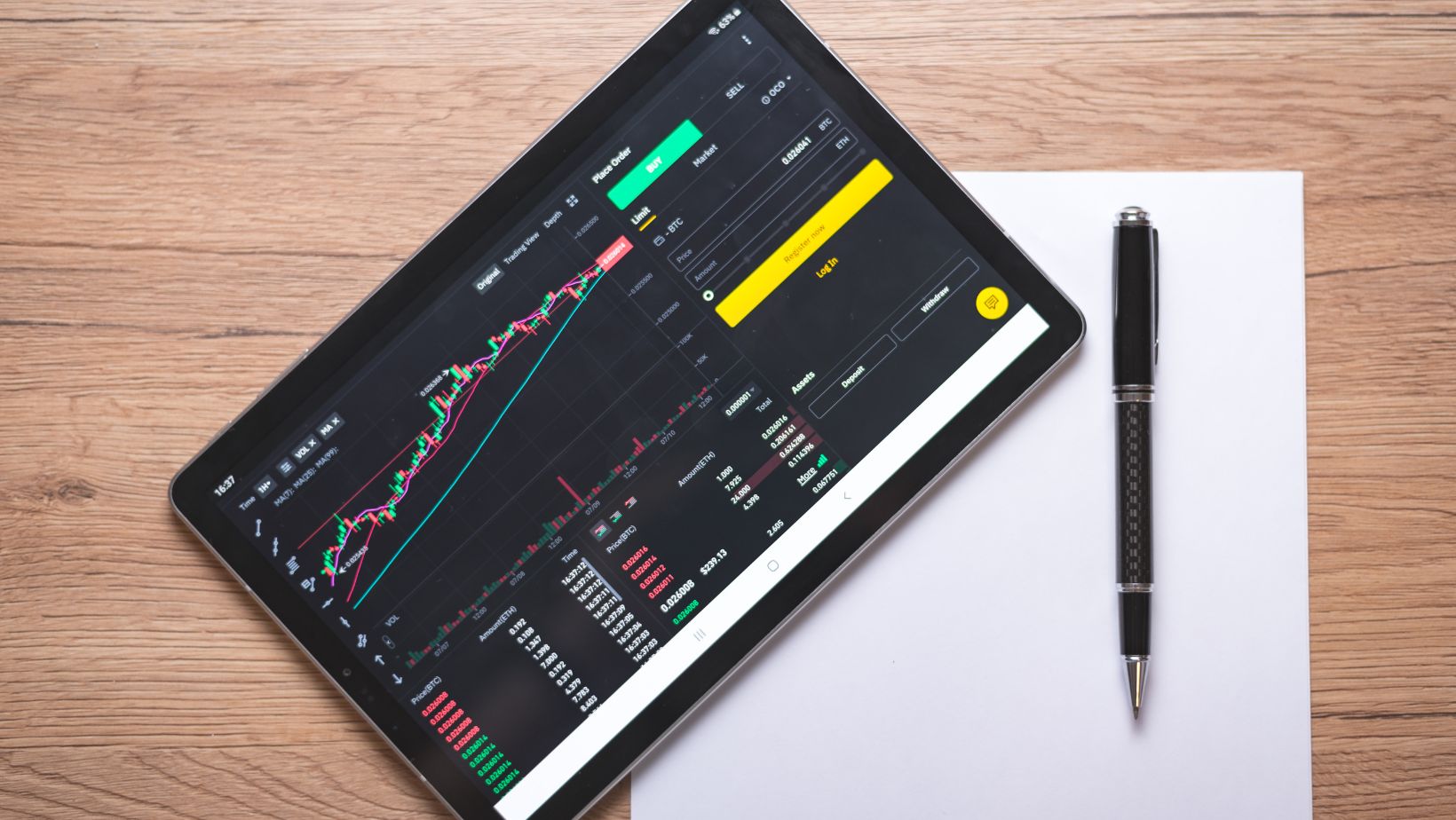
How To Invest In Indian Stock Market From US: A Beginner’s Guide For US Investors
Are you an investor based in the US interested in tapping into the Indian stock market? Wondering how to navigate this global investment opportunity from the comfort of your own country? Look no further, as I’ll provide you with a step-by-step guide on how to invest in the Indian stock market from the US.
First and foremost, it’s important to note that investing in any foreign market requires thorough research and understanding of the local regulations. When it comes to investing in the Indian stock market, there are a few key steps you need to follow.
The first step is to open a trading account with an Indian brokerage firm that caters to international investors. This will allow you to buy and sell stocks listed on the Indian stock exchanges. You can complete an online application form, submit the required documents, proof of identity and address, and fund your account.
Once your trading account is set up, you can explore various investment opportunities in India. Conduct thorough research on companies, sectors, and indices that align with your investment goals. It’s also essential to stay updated on news related to the Indian economy and markets.
How To Invest In Indian Stock Market From US
Investing in the Indian stock market from the US may seem daunting, but with the right knowledge and approach, it can be a rewarding endeavor. This section’ll delve into some key aspects of understanding the Indian stock market to help you navigate this exciting investment opportunity.
- Regulatory Framework: Before diving into any investment, it’s crucial to understand the regulatory framework that governs the Indian stock market. The Securities and Exchange Board of India (SEBI) regulates and oversees all activities related to securities markets in India. Please familiarize yourself with SEBI’s rules and regulations, as they significantly ensure transparency and protect investors’ interests.
- Market Structure: The Indian stock market operates through two major exchanges – the National Stock Exchange (NSE) and the Bombay Stock Exchange (BSE). These exchanges facilitate trading in various financial instruments such as equities, derivatives, bonds, etc. Get acquainted with how these exchanges function, including their trading hours, order types, and settlement systems.

- Investment Routes: As a US investor looking to invest in the Indian stock market, there are primarily two routes available – direct investing or through mutual funds. Direct investing involves opening an account with an authorized broker or custodian in India. On the other hand, investing through mutual funds allows you to gain exposure to a diversified portfolio managed by professional fund managers with expertise in navigating the Indian markets.
- Research and Analysis: Conduct thorough research on potential companies or sectors you wish to invest in before making any decisions. Stay updated with news articles, company reports, analyst recommendations, and economic indicators relevant to your investments. It’s also essential to analyze historical data, such as earnings growth trends and valuation metrics, to make informed investment choices.
- Currency Considerations: Investing in foreign markets involves currency risk due to currency fluctuations. Keep track of exchange rates and consider how currency movements impact your returns. You may also want to explore hedging strategies or consult a financial advisor to mitigate currency risks.
Investing in any stock market carries risks, including potential losses. It’s crucial to diversify your portfolio, set realistic expectations, and stay updated with relevant news and developments affecting the Indian stock market.
Remember, investing in the Indian stock market requires patience, perseverance, and a long-term perspective. It’s essential to diversify your portfolio and invest based on your risk appetite and financial goals.
By understanding the regulatory framework, market structure, and investment routes, conducting thorough research, and considering currency fluctuations, you’ll be better equipped to navigate the Indian stock market from the US.





